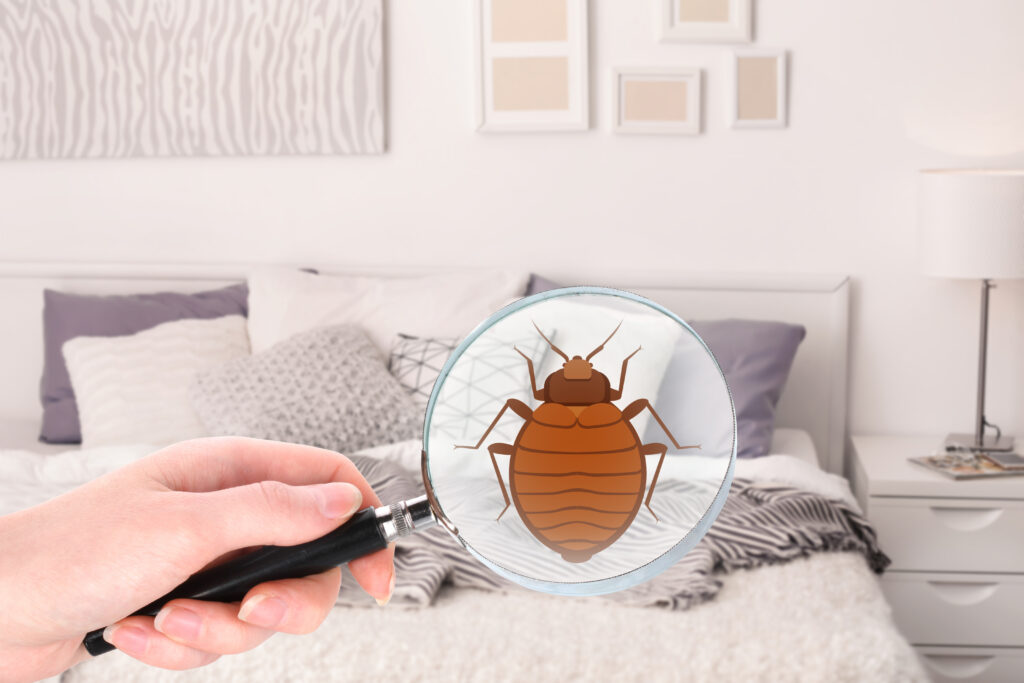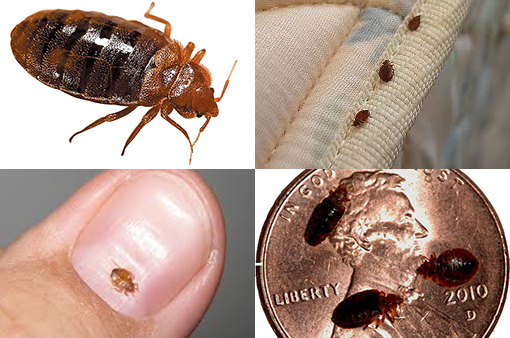A1 Bed Bug Exterminator Houston: Quick Removal Solutions
A1 Bed Bug Exterminator Houston: Quick Removal Solutions
Blog Article
Comprehending the Lifecycle of Insects for Targeted Control Approaches
Understanding the lifecycle of bugs is a fundamental aspect of effective bug administration approaches. Through a much deeper understanding of just how pests grow and advance, customized control approaches can be designed to deal with specific factors in their lifecycle, ultimately leading to more successful bug monitoring end results.
Importance of Understanding Pest Lifecycle
Recognizing the lifecycle of insects is important for developing reliable and targeted control methods in pest monitoring. By comprehending the numerous phases a bug undergoes from egg to grownup, insect control professionals can determine weak spots in the lifecycle where intervention can be most effective. For example, understanding when larvae are most energetic can help establish the optimal timing for using larvicides. In addition, comprehending the lifespan of a bug types can help in anticipating populace development patterns and potential problem dangers.
Furthermore, recognizing the certain ecological conditions required for each stage of the insect's lifecycle can direct choices on habitat modification or exclusion techniques to interrupt the lifecycle and minimize insect populations. This expertise allows pest management experts to carry out proactive measures as opposed to counting exclusively on responsive therapies, bring about more lasting and long-term insect control remedies. Ultimately, a complete understanding of insect lifecycles equips bug control practitioners to tailor their methods successfully, reducing ecological effects and optimizing control end results.
Key Stages in Parasite Advancement
To effectively apply targeted control methods in pest monitoring, a critical aspect depends on comprehensively determining and comprehending the essential phases in bug growth. Pest growth usually is composed of a number of crucial stages that are essential for their lifecycle and monitoring. The initial stage is the egg phase, where insects lay eggs that later hatch out right into larvae. Larvae after that proceed into pupae, a stage where they undergo transformation before emerging as adult parasites. Understanding these phases is vital as it aids in identifying weak spots in the lifecycle where control measures can be most reliable.

Vulnerabilities in Insect Lifecycle
Throughout the numerous stages of a pest's lifecycle, distinct susceptabilities arise that can be tactically targeted for efficient control actions (A1 bed bug extermination houston). One vital vulnerability lies in the egg stage, where insects are commonly a lot more susceptible to specific pesticides or organic control representatives due to their soft outer covering, making them less complicated targets for treatment. Recognizing these vulnerabilities in the pest lifecycle is crucial for establishing accurate and efficient control approaches that efficiently manage bug populaces while decreasing ecological impact.
Carrying Out Targeted Control Actions

Executing targeted control actions typically involves a multi-faceted method. This might consist of habitat modification to make the atmosphere much less friendly to insects, such as getting rid of standing water for insect control or sealing access factors for rats. In addition, biological control approaches can be made use of, where natural predators or virus are introduced to maintain pest populations in check.
Integrated Bug Management (IPM) strategies that combine different control steps in a collaborated and sustainable way are typically the most reliable in achieving lasting pest administration goals. By applying targeted control measures based on a detailed understanding of parasite lifecycles, bug populaces can be successfully regulated while minimizing dangers to human health and wellness and the environment.
Improved Insect Monitoring Practices

In addition, the consolidation of biological control representatives, such as natural predators or pathogens of parasites, can assist decrease dependence on chemical pesticides and advertise a more well balanced ecosystem. Executing physical barriers and catches can likewise belong to boosted insect management techniques, using safe and targeted options for insect control. In addition, making use of pheromones and other semiochemicals can interrupt pest breeding patterns and interaction, bring about lowered bug populaces with time.
Verdict
Finally, understanding the lifecycle of pests is essential for effective insect management strategies. By identifying vital phases in bug advancement and vulnerabilities in their lifecycle, targeted control measures can be implemented to decrease parasite populaces. Enhanced pest monitoring practices can aid lower the dependence on broad-spectrum pesticides and promote even more sustainable and ecologically friendly bug control techniques. This understanding plays a crucial function in preserving A1 bed bug removal houston healthy and balanced communities and agricultural efficiency.
Understanding the lifecycle of parasites is crucial for developing effective and targeted control methods in parasite management. By comprehending the various phases a parasite goes through from egg to adult, pest control specialists can identify susceptible factors in the lifecycle where treatment can be most successful. Eventually, a thorough understanding of parasite lifecycles equips insect control professionals to customize their approaches effectively, lessening environmental effects and taking full advantage of control results.
By executing targeted control actions based on a complete understanding of bug lifecycles, bug populations can be properly regulated while reducing threats to human health and the atmosphere.
By determining key stages in pest development and susceptabilities in their lifecycle, targeted control measures can be executed to reduce insect populaces.
Report this page